As a proud parent of a Rottweiler runt puppy, I know firsthand the joys and challenges of raising one of these tiny fighters.
Like any dog owner, you want to provide the best care and help your pup thrive – but when they start out extra small, it can take time to know what to expect.
I’ve created this in-depth guide to understanding Rottweiler runt growth chart and development.
Consider it your go-to resource for tracking your petite puppy’s progress, identifying health risks, and preparing your home for their arrival.
With some extra TLC and intelligent scheduling of vet checkups, your pint-sized furball can grow into a happy, healthy dog.
What Exactly Constitutes a Rottweiler Runt of the Litter?
In everyday terms, a “runt” is the most miniature puppy born in a litter. But there are specific criteria that qualify a Rottweiler as an official runt.
On average, Rottweiler litters contain 8-12 puppies. Any pup significantly smaller than its littermates in the first few weeks – weighing at least 1 pound less – is considered a runt.
They usually show delayed growth and reach developmental milestones later than their brothers and sisters.
Runts can be identified immediately by their diminutive size compared to the rest of the litter.
They often have visible large heads, wrinkly skin, and leaner faces and bodies. Their tiny stature might make them look especially cute, but it comes with health and growth challenges.
Tracking Your Runt’s Growth Rate and Milestones
To ensure that your Rottweiler runt grows at a healthy pace, feed it regularly. It is essential to provide it regularly.
It is necessary to monitor their weight, height, energy levels, and achievement of developmental milestones.
Here are the typical growth patterns and timelines for average-sized Rottweiler puppies:
Weeks 1-2: Gain around 1 pound per week, open your eyes, and start to walk.
Weeks 3-4: Gain 2-3 pounds weekly, baby teeth emerge, hearing and vision improve.
Weeks 5-8: Gain 3-5 pounds weekly, sleep less, play with littermates, and learn simple commands.
Weeks 9-12: Gain 5 pounds or more weekly, better bladder control, and socialize with new humans/dogs.
4-7 Months: Adult teeth come in, reach 50-75% of adult weight, and attend obedience training.
8-12 Months: Reach almost full adult size and sexual maturity; continue socialization and training.
Of course, as a runt, your puppy’s personal timeline will likely be delayed. Early stages like teething and milestone achievement could lag weeks behind their brothers and sisters.
Patience and attentive care are crucial – don’t get discouraged! With time, the proper diet, exercise regimen, and checkups, your Rottweiler can catch up.
Tailoring Your Runt’s Diet for Optimal Growth
One of the best things you can do for your Rottweiler runt growth chart is to optimize their diet to encourage healthy development.
Their higher caloric needs mean you may need to adjust regular feeding guidelines.
Most experts recommend free-feeding runt puppies as much high-quality puppy kibble as they want throughout the day.
For the first 6-12 months, let your pup eat at will from a bowl constantly topped off.
Prioritize protein sources like chicken, beef, eggs, and fish, which aid muscle growth and repair.
Foods rich in vitamin D, calcium, and glucosamine also help build strong bones. Consider a puppy-formulated supplement or vitamins to fill any nutritional gaps.
If your runt is disinterested in eating, try wetting the kibble with warm water or low-sodium broth for extra aroma and flavor.
You can also mix in some canned puppy food or plain yogurt. Just remove uneaten wet food within 30 minutes to avoid spoilage.
With the proper diet tailored to their needs, your tiny Rottweiler has the fuel they need to spring up in size and strength!
Exercising Your Young Runt Puppy
Physical activity is vital for any growing pup. Still, with Rottweiler runts, their exercise must be adapted to match their size and energy levels.
A good rule of thumb is around 5 minutes of exercise per month of age, twice daily. So for a 3-month-old runt, aim for 15 minutes of play and training broken into multiple short sessions. This prevents overexertion of underdeveloped muscles and joints.
Prioritize low-impact activities like:
- Short, positive-reinforcement training sessions with tasty treats for motivation. Mental stimulation tires them out too!
- Gentle games of fetch down a hallway (avoid stairs). Use soft rubber toys they can easily pick up in their tiny mouths.
- Multiple supervised potty breaks and wanders around your securely fenced yard, allowing them to explore at their own pace.
Puppy-proof your home and watch them closely whenever playing with children or larger dogs.
Runts are prone to injury if accidentally knocked over or stepped on. Keep an eye out for them becoming overtired or overheated.
Your tiny Rottweiler pup will develop strength, coordination, and confidence with a patient, tailored exercise in a safe environment!
Health Risks to Monitor in Your Runt
While their petite size makes them undeniably cute, Rottweiler runts face increased health risks. Their smaller rib cages can make breathing issues more common, often leading to poor oxygenation.
Runts also frequently suffer from the following:
- Heart defects like pulmonic stenosis
- Lung problems like bronchitis or pneumonia
- Hypoglycemia (low blood sugar)
- Higher sensitivity to anesthesia
- Weak immune function causing illnesses
- malnutrition if the diet is insufficient
Frequent vet checkups are so important during your pup’s first year. Watch for coughing, breathing issues, sluggishness, vomiting, or diarrhea. Call your vet promptly if worried symptoms develop.
Most runts can live long, relatively healthy lives with attentive parenting and veterinary care.
But their well-being depends on you taking these potential problems seriously and not simply dismissing issues as a regular part of them being tiny.
Preparing Your Home for a Rottweiler Runt Puppy
Bringing home your Rottweiler runt requires prep to help them thrive in a new environment. Make sure to puppy-proof thoroughly, as their tiny, curious selves can wiggle into spots average pups might not fit.
Keep a checklist as you scan for hazards:
- Block off access under and behind large furniture
- Secure loose wires and hide electrical cords
- Place gates at the tops/bottoms of stairs
- Remove small objects or toxins within reach
- Cover power outlets and provide chew toys
- Fully seal off access to pools, ponds, and hot tubs
A securely fenced yard is ideal, or be prepared to consistently leash walk for potty breaks. Set up an exercise pen with plush blankets and toys when you can’t directly supervise.
Stock up on specially sized harnesses, bowls, beds, and crates for more miniature puppies.
While shopping, grab some nutritious wet and dry foods your runt will love, and schedule that first vet visit!
With planning and puppy-proofing, you’ll give your tiny Rottweiler the safe space they need to learn and thrive.
Bonding with Your Pint-Sized Puppy
Despite their delicate start, Rottweiler runts have huge personalities packed into their tiny bodies.
As you welcome your pup home, be patient as they adjust. Let them approach you versus forcing contact.
After acclimating over a few days, you can build a strong bond through cuddling, hand feeding, brushing, positive training sessions, and gentle play.
Carry them often – just be sure to properly support their fragile frame. Runts crave being close to their owners and knowing they are safe.
This constant handling and affection will prevent separation anxiety as they mature.
Incorporate their name frequently into soothing phrases so they learn to recognize it.
Fun bubble blowing, rope tugs, quiet music, and new chew toys capture their curiosity during play.
Your runt will blossom into a happy, loyal companion with time and care. Remember – their small size doesn’t equate to them needing less love and attention!
Training Your Runt with Patience and Motivation
The fantastic thing about Rottweiler runts? They are just as intelligent and eager to learn as their normal-sized litter mates.
But you may need to adjust traditional training methods to suit their size and development pace.
Keep initial training sessions very short – just 2 to 5 minutes. Allow plentiful play breaks to recharge. Use their name and eye contact during lessons to keep their attention.
Tiny treats they can swallow quickly, like Cheerio bits or miniature training treats, work perfectly for positive reinforcement and incentivizing behaviors.
Avoid yelling, scolding, or physically forcing them into positions; this erodes trust and causes fear.
Use appropriately fitted harnesses designed for small-breed puppies instead of standard collars that can choke them.
House training requires extra diligence and frequent trips outside to prevent accidents. Crate training assists with this, giving their bladders time to develop control.
With extra patience and creativity tailored to their needs, your pint-sized pup will delightedly learn to sit, stay, come, heel, and more! Their cute size definitely does not limit their smarts.
Growth Expectations for Your Runt Longterm
I’m sure you are wondering: Will my Rottweiler runt stay small forever? While their genes play a significant role, your dedicated care has the power to help them tremendously.
Most Rottweiler runts will reach approximately 80 percent of average size as adults – between 55 to 85 pounds fully grown. Some may stay diminutive under 50 pounds.
Factors impacting their growth potential include:
- The degree of runt status – the smaller they start, the less they may grow.
- Any health issues present – chronic conditions can severely stunt development.
- How consistently their additional nutritional needs are met with calories and nutrition.
- If exercise and socialization enforce proper muscle, bone, and joint maturation.
- Neuter status – intact runts grow slightly more significantly than fixed ones.
Regardless of their size, a well-cared-for Rottweiler runt can lead a fulfilling life as a family companion. Stay committed to their health, and celebrate every small success!
The Joys and Challenges of Raising a Rottweiler Runt
While their extra needs can feel overwhelming initially, raising a Rottweiler runt brings immense rewards. They rapidly steal your heart with their big eyes, pint-sized bodies, and giant spirits.
You get to nurture a vulnerable puppy as they gain confidence and strength. Your attentive care helps them defy the odds, growing into a fun-loving, tenacious dog against all expectations.
You must puppy-proof a little better and supervise playtime with larger dogs. But soon, your now research on Rottweiler runt growth charts pays off, and you have a healthy, thriving pup.
Few bonds are more robust than the one between an owner and their runt companion. That first year is filled with challenges, but all the late nights, vet visits, and worries fade away as you watch your pup succeed.
Runt or not, no dog could ask for a more dedicated parent. Stay the course, trust your vet, and enjoy the delightful experience of nurturing your Rottweiler puppy. The best is yet to come!
Conclusion:
Raising a Rottweiler runt requires preparation, patience, and commitment from a caring puppy parent.
By understanding their unique developmental timeline and potential health risks, you can provide tailored care to help them thrive.
The most important things to remember are:
- Closely monitor their growth milestones and watch for any issues. Vet visits are crucial.
- Ensure their diet is packed with extra calories and nutrients vital for growth.
- Adjust their exercise regimen to match their size, avoiding overexertion.
- Puppy proof thoroughly and supervise playtime with larger dogs.
- Bond through positive training, socialization, and plenty of handling and affection.
With attentive parenting and veterinary guidance, Rottweiler runts can mature into wonderful companions – their spirit far outshining their small frames! Stay positive and enjoy nurturing your tiny fighter as they blossom.
Frequently Asked Questions
Q: Will my Rottweiler runt grow to a standard full size?
A: Most Rottweiler runts reach about 80% of average size, depending on their health and care. Some may stay relatively small, under 50 pounds. Genetics plays a significant role, so set size expectations realistically.
Q: Should I feed my runt puppy a different diet?
A: It’s ideal to feed a Rottweiler runt puppy food free-choice. Opt for a high-calorie puppy formula with additional protein and nutrients to encourage growth.
Q: How can I exercise my Rottweiler runt safely?
A: Start with brief, low-impact exercises like short training sessions, gentle games of fetch, or wandering on a leash around your secured yard. Avoid too much activity before they mature.
Q: Do Rottweiler runts have more health problems?
A: Unfortunately, yes. The smaller size of Rottweiler runts makes them prone to heart defects, lung problems, and hypoglycemia. Monitor them closely and stay in contact with your vet.
Q: Should I treat a runt puppy differently than its normal littermates?
A: You’ll need to adjust aspects like diet, exercise, and supervision, but give your runt plenty of handling, affection, and training. They need lots of bonding and socialization.
I hope these Rottweiler runt tips ensure your tiny pup grows happy and healthy! Remember, their spunky personality is far more significant than their size. Enjoy this unique journey raising your minuscule but mighty companion.
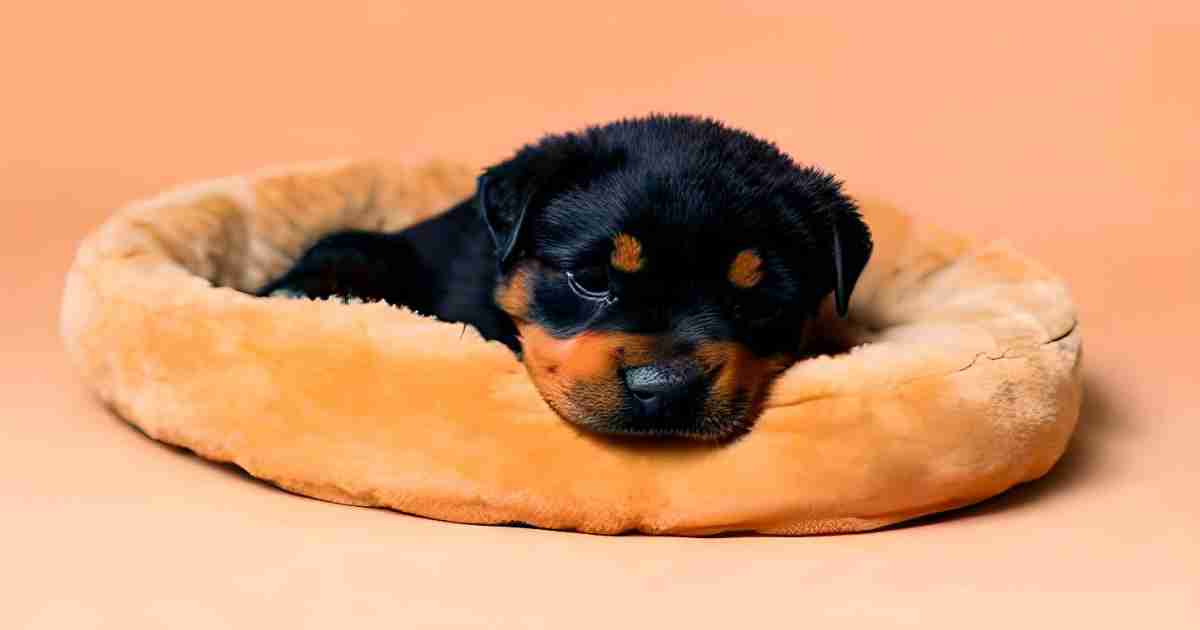
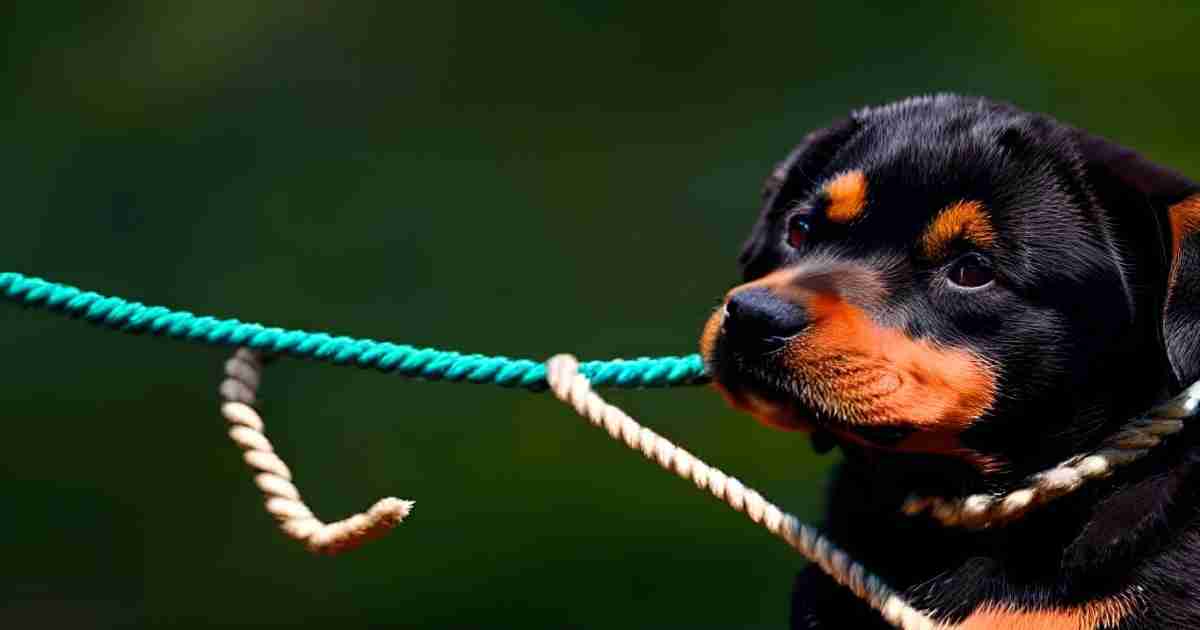
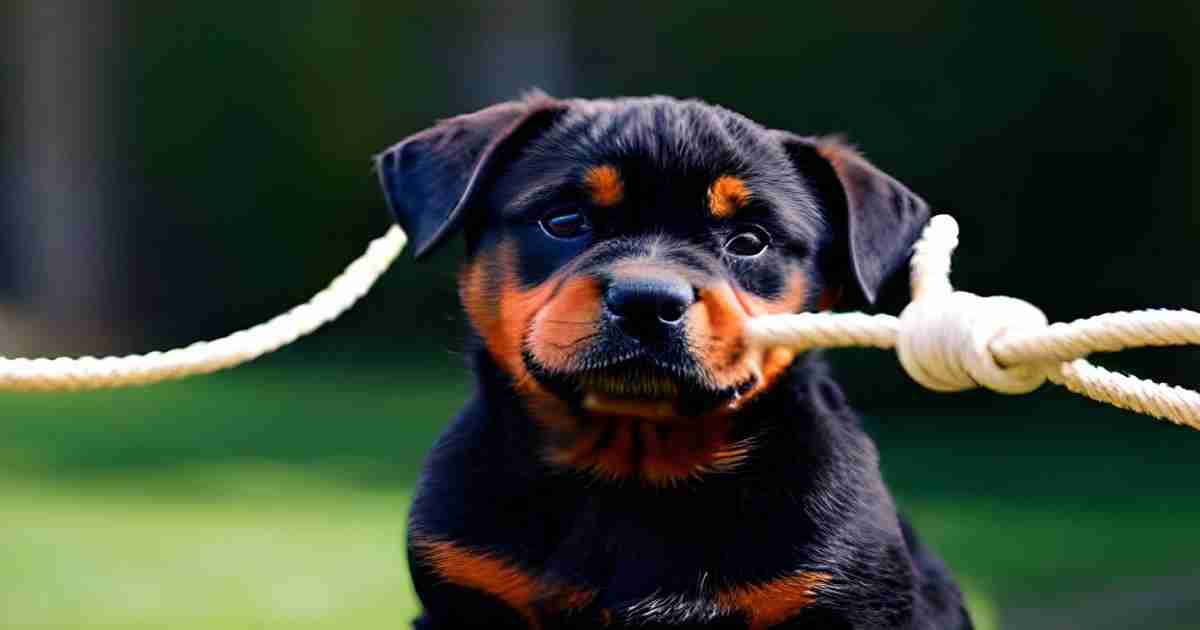

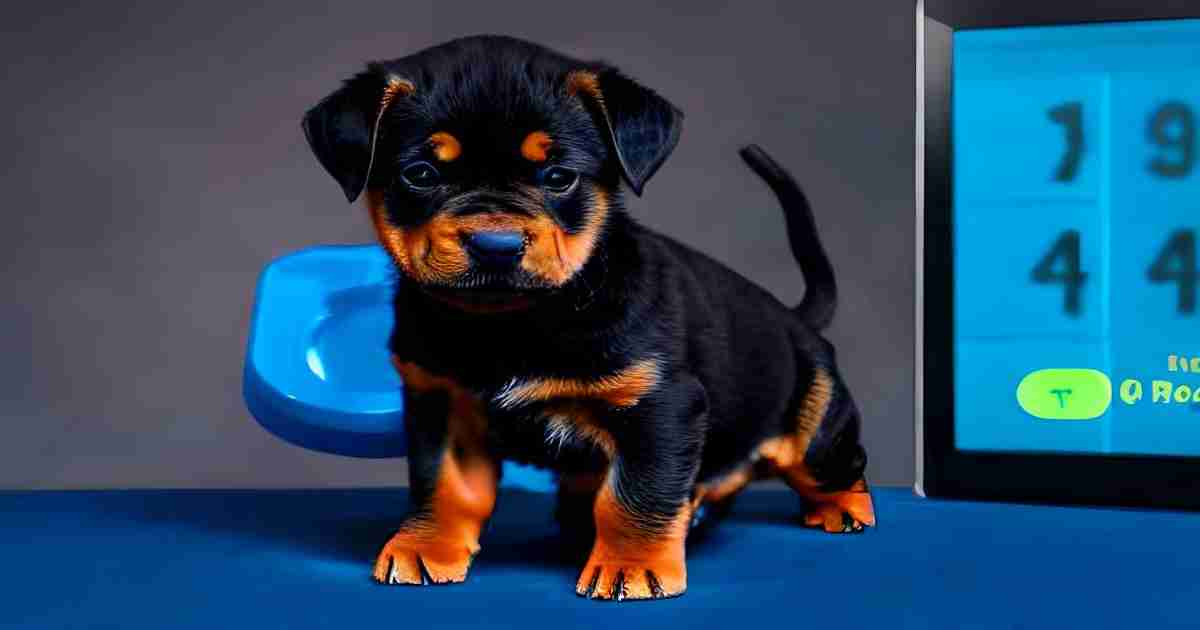
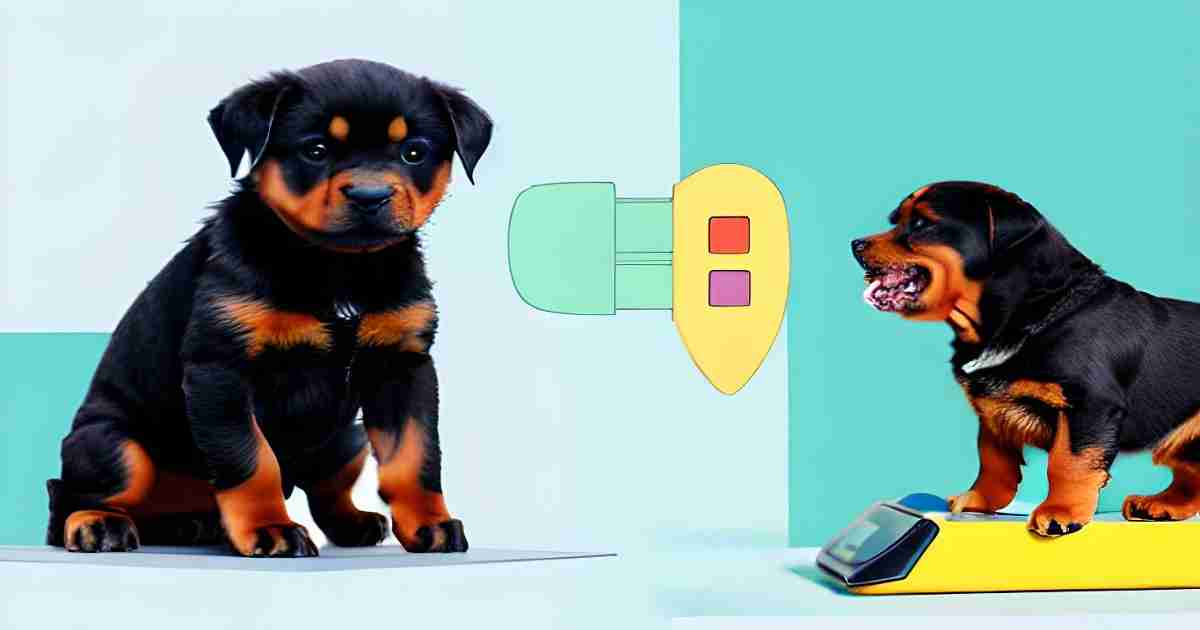
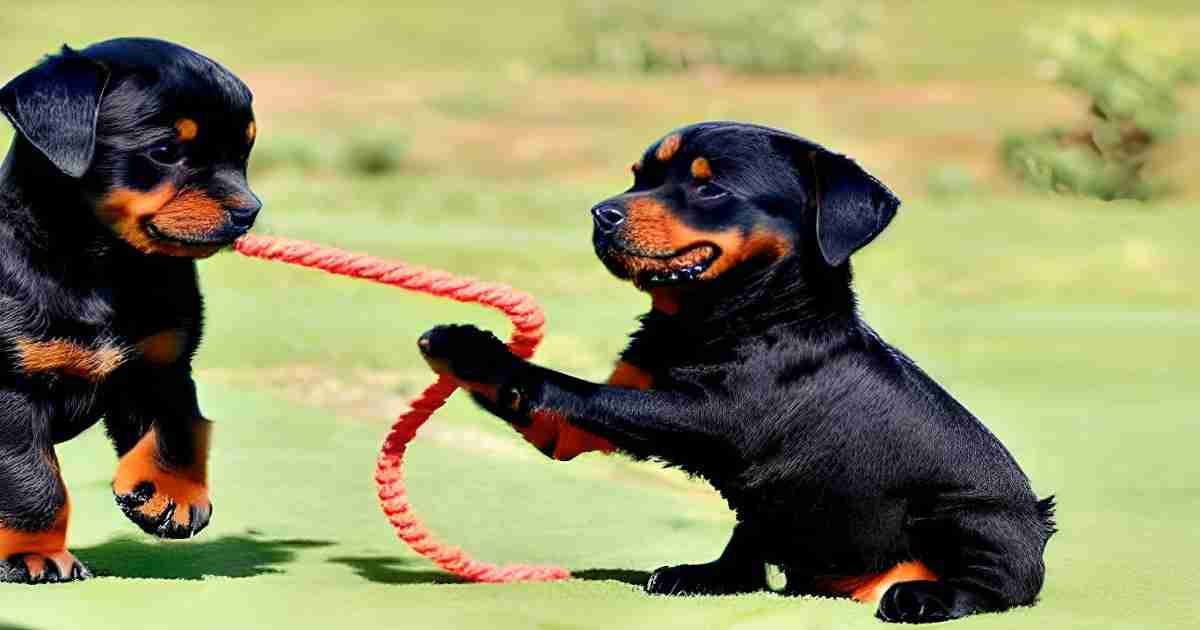
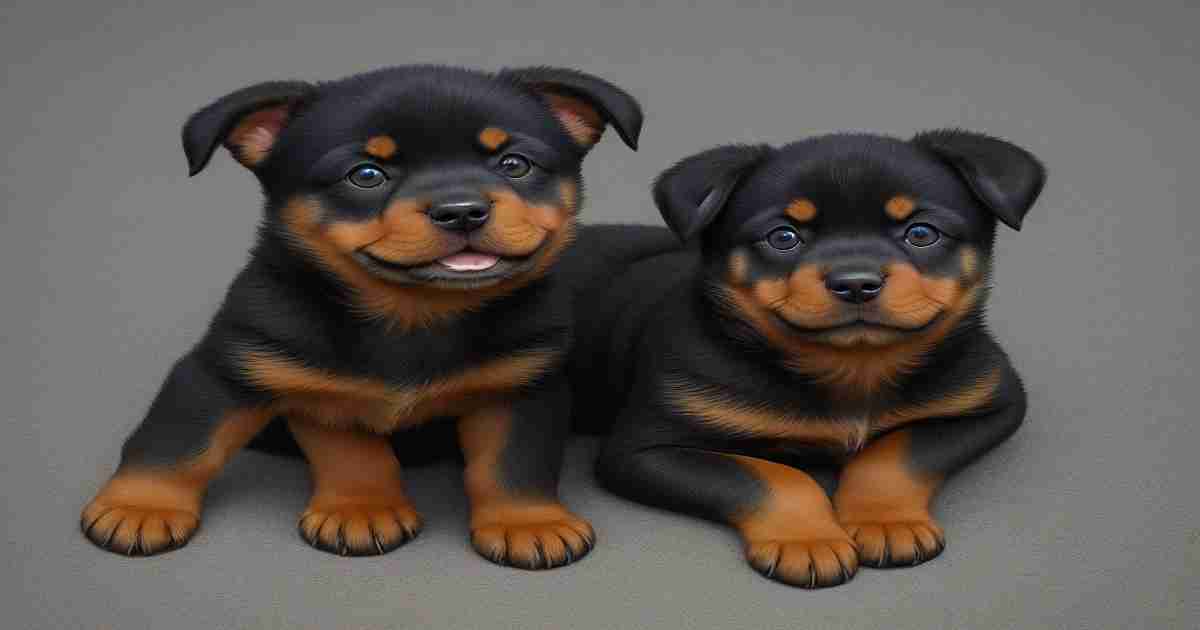
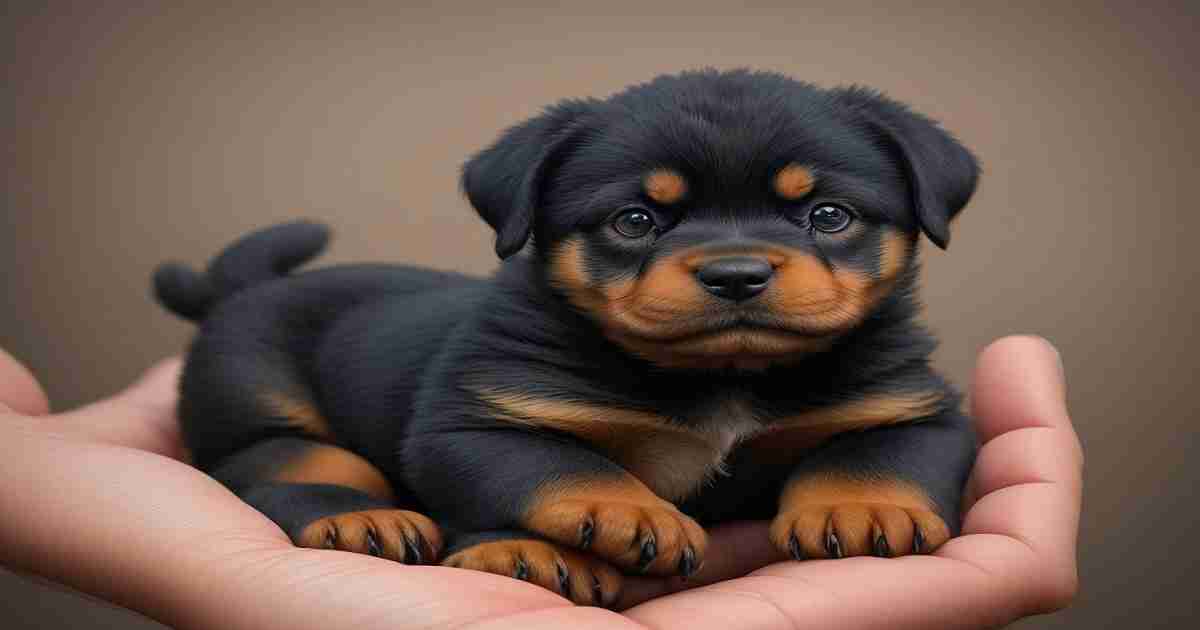
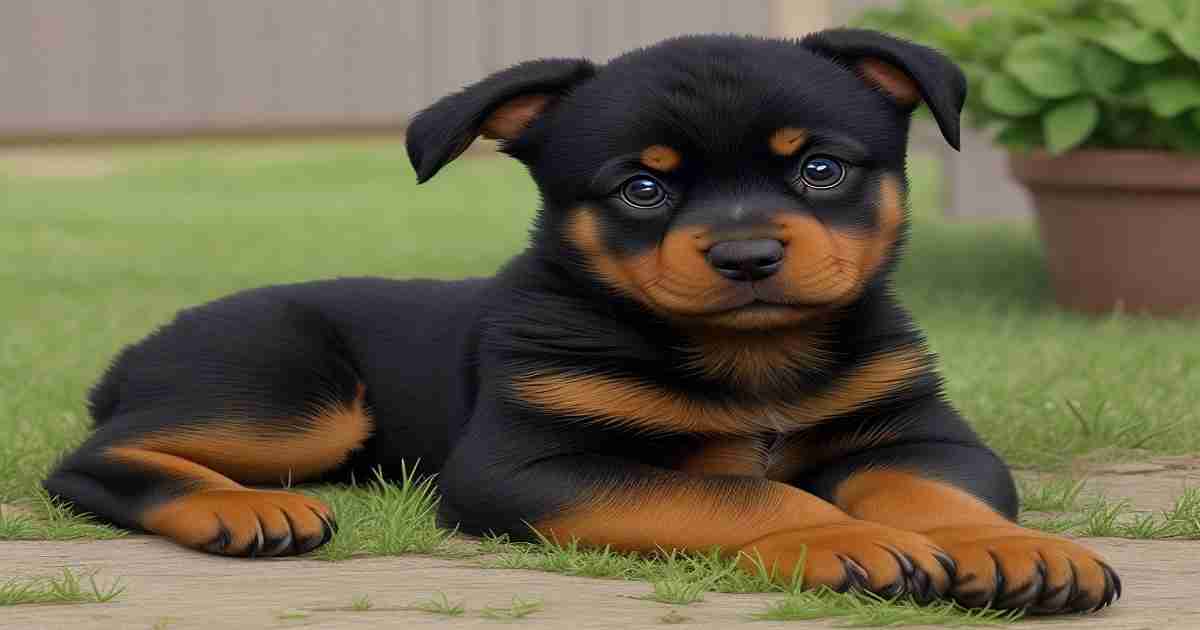
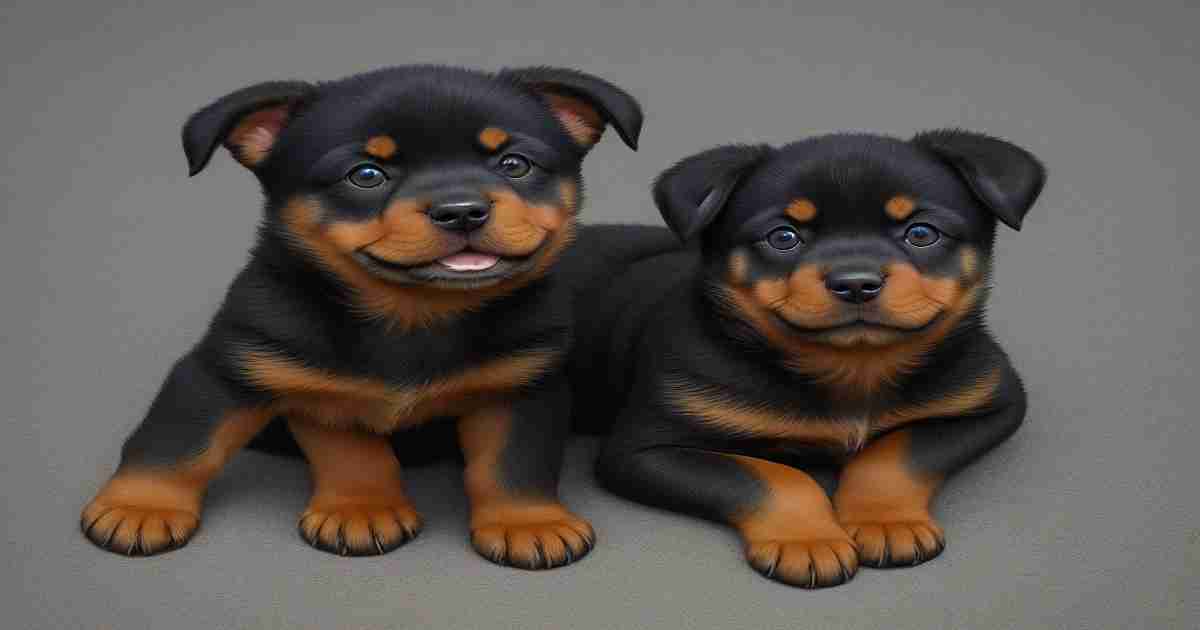


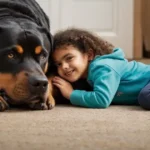
5 thoughts on “Understanding Rottweiler Runt Growth Chart: What You Need to Know!”